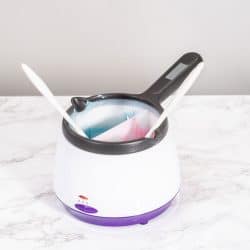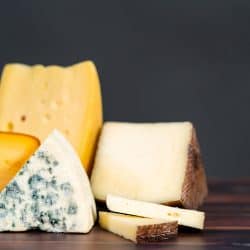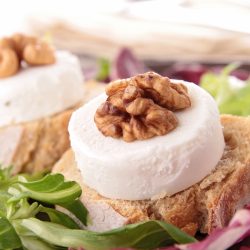If you’re planning a fondue, making homemade Mac and Cheese, or you just want perfectly melted Swiss on your burger, you’re probably wondering which types of Swiss cheese melt. Well, we’ve done a thorough search on the internet to help you learn to melt Swiss cheese to perfection!
Swiss cheese does melt, but aged Swiss may take longer—and need the addition of younger cheese—to melt perfectly.
The older your cheese, the longer it will take to melt because there is less milk fat; the milk fat in cheese begins to melt at 90°F, but the casein (protein) does not melt until it reaches between 130°F - 180°F.
So, does this mean that you can’t melt certain types of Swiss cheese? Yes, you can! We’ve gathered all of the best information from the internet here to help you in your quest to melt any type of Swiss cheese for any recipe you want. Read on about melting Swiss cheese!
To Melt or not to melt

As you’ve probably experienced countless times, some cheeses melt easily, and some do not. So how do you know which cheese will work for your recipe?
Use this rule of thumb: Aged Swiss cheese - or any aged cheese - will not only need a longer time and higher temperature to melt properly, but it may also need the addition of milk fat to create the perfect melt.
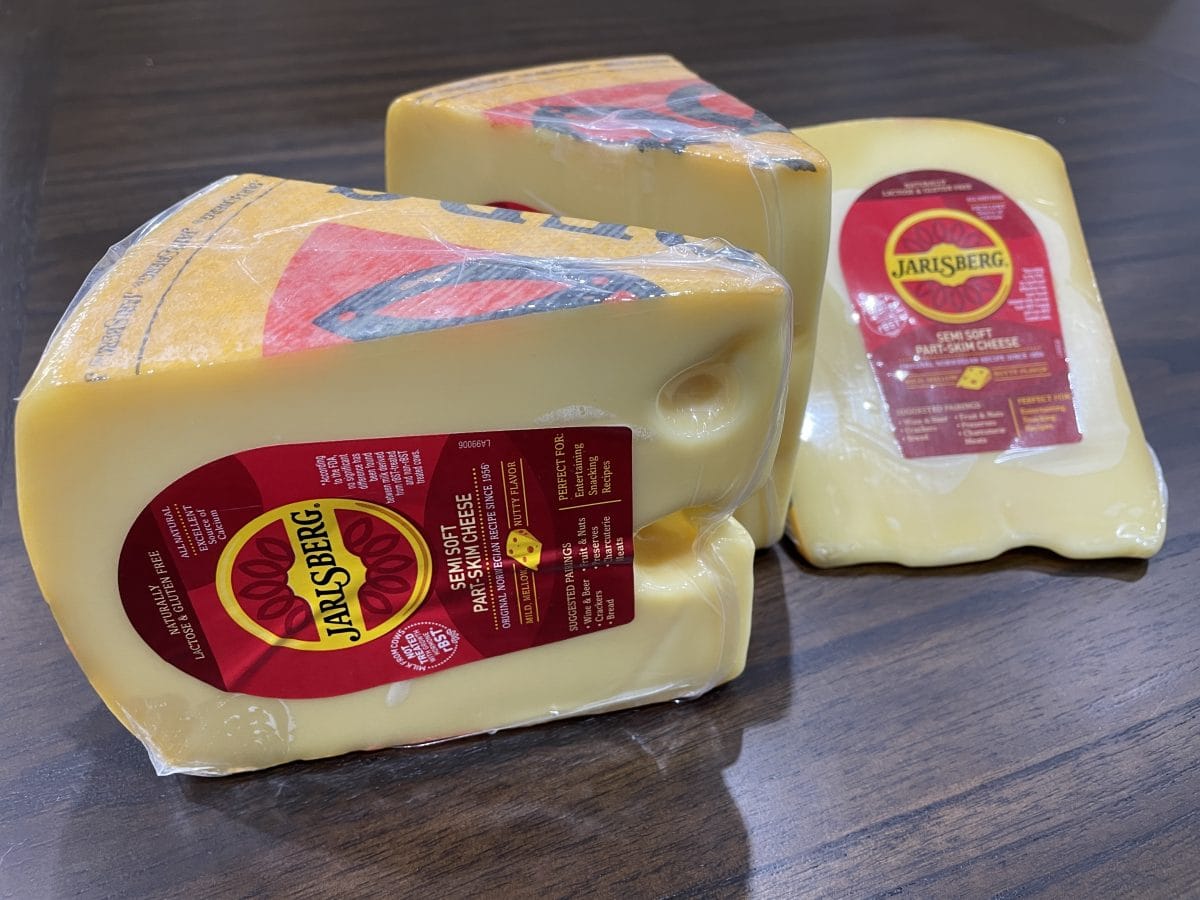
Above, a classic brand of Swiss, cut from huge wheels and great for melting.
The Melting Science
Cheese contains little groups of proteins called casein which surround globules of milk fat. Together, they keep the cheese solid. When cheese is heated, the milk fat starts to melt, and the casein proteins lose their structure and spread apart within the milk fat - this is what we think of as melting.
So, since aged cheeses have less milk fat and more casein, such as aged Emmenthaler or Gruyere, they need a higher temperature to reach the melting point.
The Melting Point
Milk fat melts at 90°F, but the casein does not begin to melt until 130°F - 180°F.
If the cheese is very aged, it has a lot less milk fat, and you will not see significant melting until it reaches a temperature high enough to affect the casein.
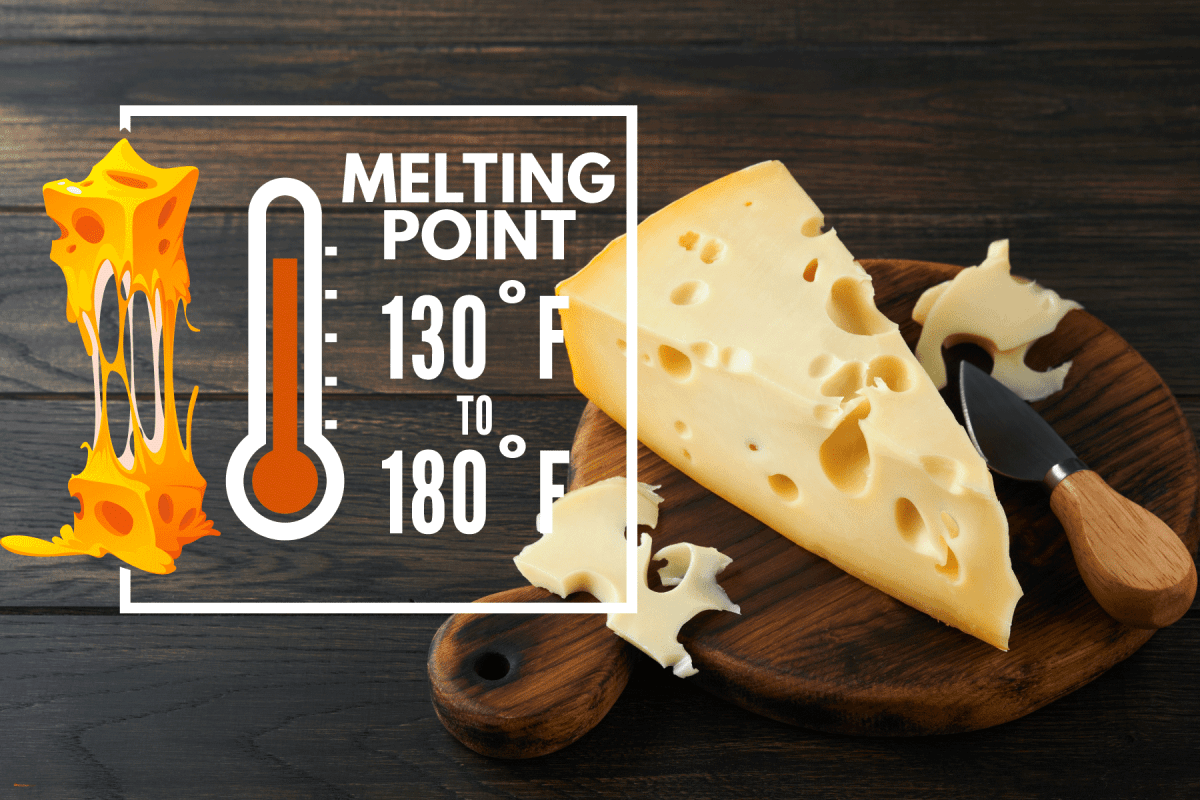
You may see little beads of ‘sweat’ on your cheese, this is the milk fat that has started to melt.
So how do you choose the right Swiss to melt?
Choosing The Right Swiss Cheese
Choosing the right Swiss for melting depends on how you’re going to use it. So we’ve included a guide for which Swiss Cheeses are best for different recipes.
Baby Swiss
Baby Swiss is a young cheese, so it still has a lot of milk fat and will melt easily. It’s mild, slightly nutty, and works great for;
- Queso-Style Cheese Dips: Equal parts shredded Baby Swiss and Cream cheese. Mix them together and serve cold or heat and stir vigorously for a smoother texture before serving.
- Swiss-burgers: Place slices of Baby Swiss on your hamburger for two minutes before removing it from the grill.
- Mac and Cheese: Combine two parts Baby Swiss and one part Emmenthaler in a *Roux for an elegant version of this favorite.
*A Roux is a simple sauce base made with one tablespoon of butter, one tablespoon of flour, and one cup of milk. Thicker sauce is made by increasing the butter and flour by 1 - 2 tablespoons each.

Baby Swiss is a mild swiss cheese that melts easily.
Tête de Moin
Tête de Moin - literally ‘Monk’s head’ - is another Swiss cheese that melts well. It’s aged about 2 1/2 months and has a rich, tangy flavor. It works great as;
- Melted topping: Simply grate and sprinkle it over hot vegetables or tiny potatoes.
- Cream Sauce: Combine shredded Tête de Moin with heated cream and garlic, pour over fettucini noodles, and sprinkle with fresh parsley.
- Cheese Boards: Since Tête de Moin is meant to be scraped into a rosette for serving á la carte, it looks stunning on a mixed cheese board.
Tête de Moin - pictured above - is scraped in a circle across the top to produce these beautiful, ribbon-like rosettes using a cheese curler - pictured below.
A cheese curler for Tête de Moin. See it on Amazon.
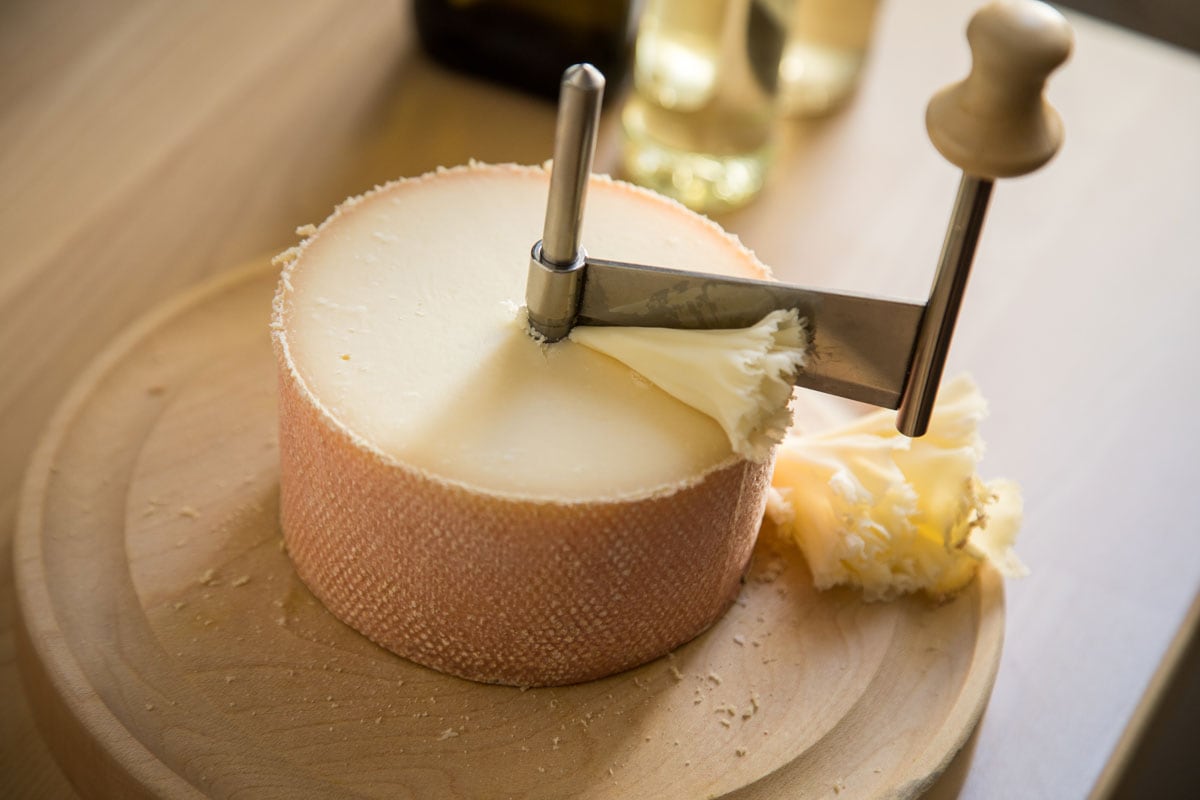
Gruyere and Emmenthaler
Arguably two of the most flavorful and rich Swiss cheeses, these cheeses are aged longer, so they contain less milk fat. But they’re easy to use in plenty of recipes!
- Fondues: YUM! Just about everyone can agree this is a classic recipe. Add equal parts of shredded Emmenthaler and Gruyere to a Roux sauce with a splash of white wine.
- Cheese Soups: Add shredded Emmenthaler and/or Gruyere to any cheese soup. Add only a small handful at a time and mix it in completely before adding another.
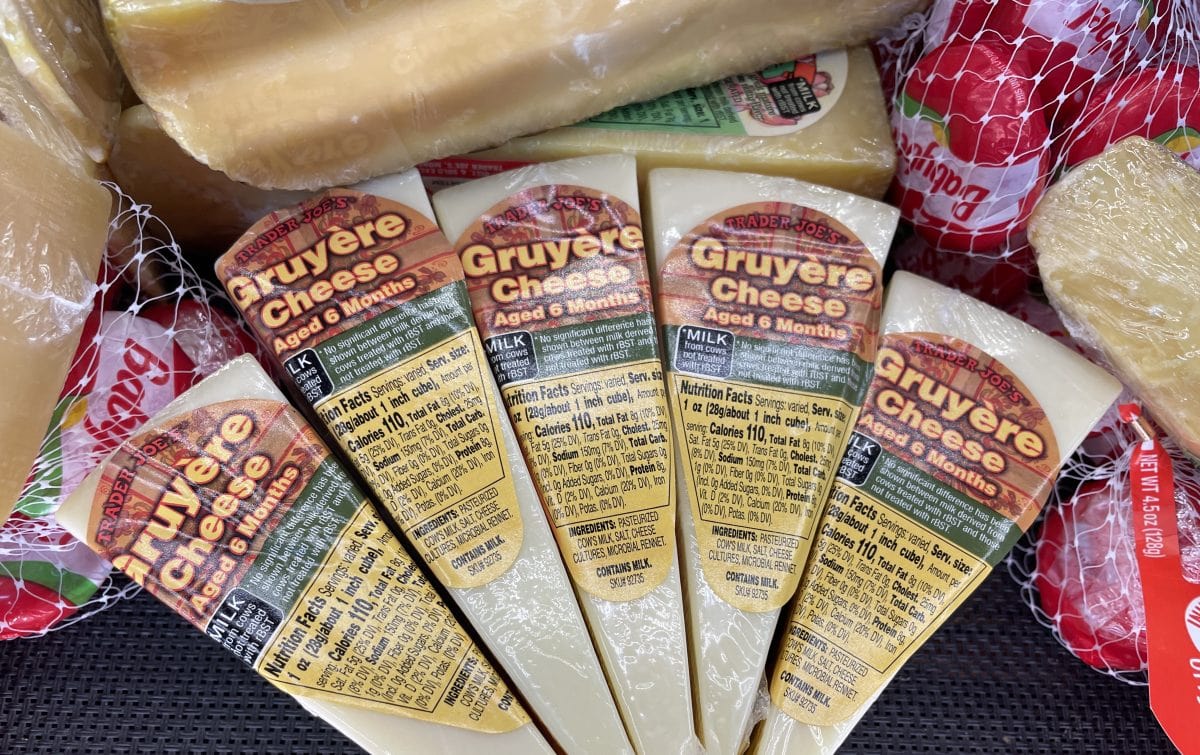
Lovely Gruyere cheese cut from large wheels.
More Cheeses that melt
Camembert and Port Salut
These cheeses are in a class called ‘Ripened Cheese’. Camembert is ripened with mold, and Port Salut is ripened with bacteria. Both taste creamy and nutty, but Camembert can be quite strong for some. They each melt beautifully.
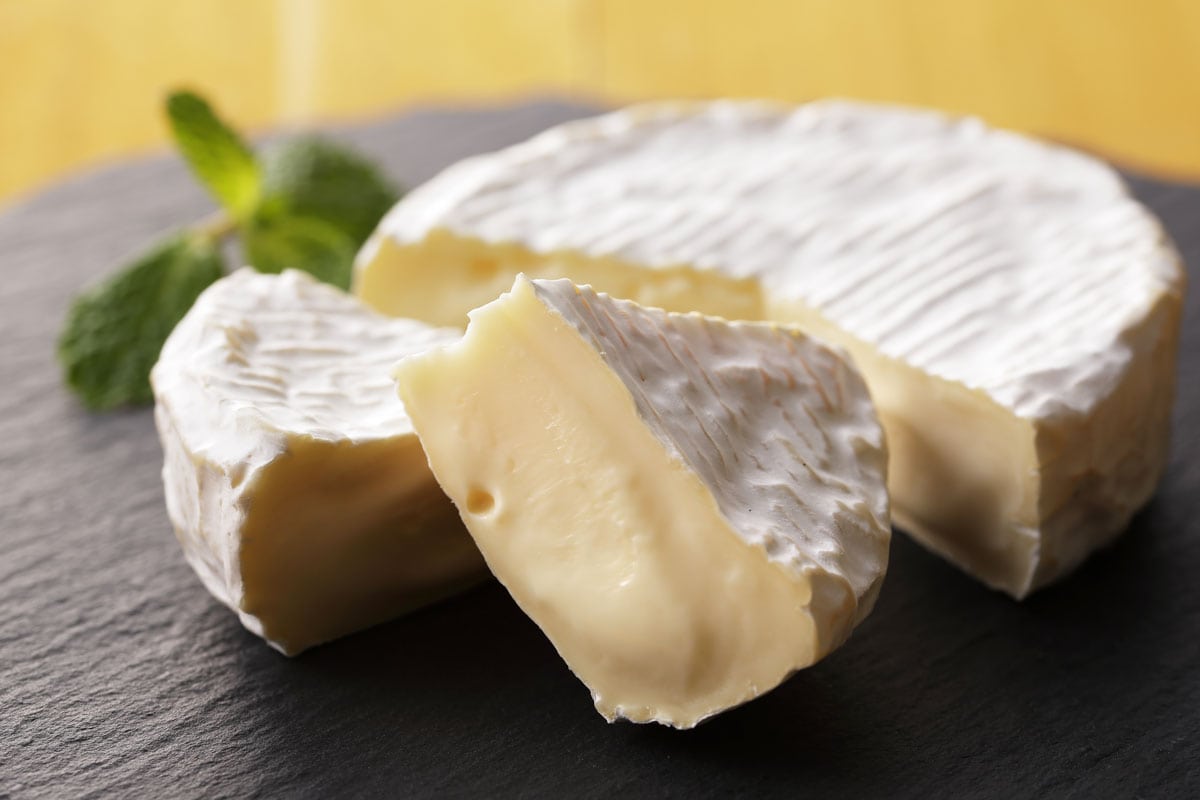
Try them like this;
- Camembert - Baked in a puff pastry crust.
- Camembert - Spread on crusty French bread.
- Port Salut - Cherry and Port Salut cheese crepes.
- Port Salut - Grilled ham and Port Salut cheese sandwich.
There are hundreds of other types of cheese you can melt. Just remember, combine aged cheeses in a Roux, or add more milkfat - like cream or younger cheese - to get the right melted ratio for your recipe.

Port Salut melts beautifully and tastes milder than Camembert.
Why do some cheeses stretch when melted and others don’t?
As we mentioned above, cheese is made from protein particles called Casein surrounding cells of milk fat. But it’s the process of making the cheese itself that creates the stretchiness of cheese.
The pH of the milk, the temperature during processing, the amount of milk fat left in the cheese, the aging process, and how the cheese is formed all contribute to the stretch of cheese.
For example, Mozzarella and Provolone are two of the stretchiest cheeses around! They are called ‘Stretched Curd’ cheeses, and this process, plus careful monitoring of the pH and heat during processing, keeps the casein proteins attached. This is how it stays stretchy when melted.
Above, careful processing of the mozzarella leads to perfect stretching.
Why does packaged, shredded cheese not melt well?
The answer to this question is that pre-shredded cheeses usually have anti-caking agents added to keep the shreds from sticking together.
These anti-caking agents - usually cellulose - are fine if you just want to sprinkle shredded cheese on a taco, but they won’t melt nicely. They create a physical barrier between the casein proteins in the cheese.
Casein proteins can’t attach to create a chain of melted cheese if cellulose is in the way. This is why you end up with a chunky mess when you try to use packaged cheese shreds in melted recipes.
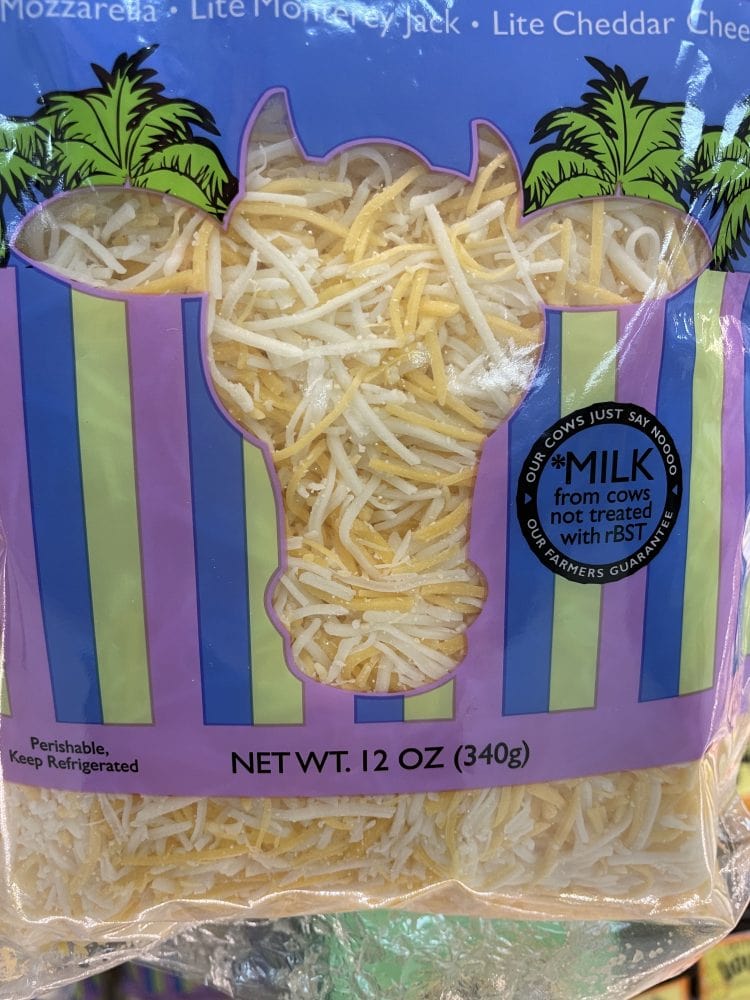
Packaged cheeses don’t melt well due to the cellulose content; use them for cold dishes only.
Which cheeses melt the best?
If you’ve read this entire article, you already understand that more milk fat equals easy melting cheeses. So if you stick to young cheeses, you won’t have to worry if they will melt.
An important note: Different cheesemakers don’t always age cheeses for the same amount of time! So take a look at the cheese before you buy it, even if they both say ‘Swiss’. One might be aged longer.
For great melting cheeses, they should look soft, creamy, and light-colored.
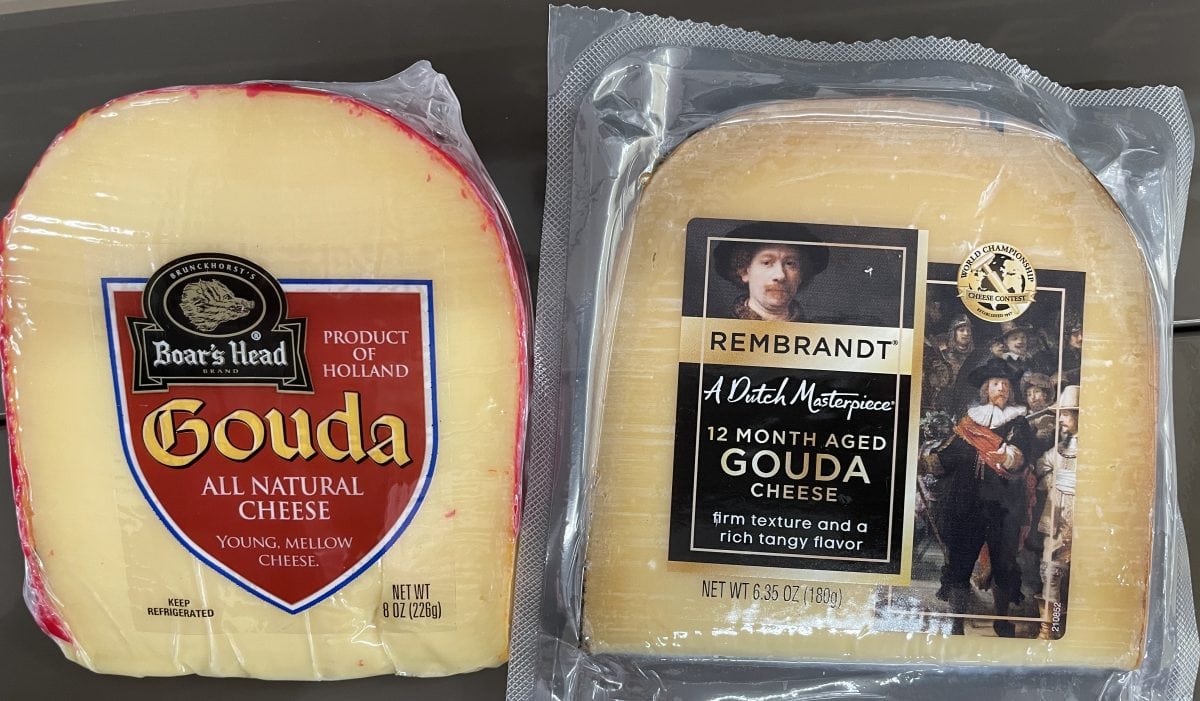
In the photo above, the younger Gouda - on the left - looks light, creamy, and soft, while the aged Gouda looks dark, dry, and oily. Check the edges of the cheese, if they look dark, it’s probably well-aged.
Remember, younger cheeses will generally melt well, so stick to cheeses like;
- Baby Swiss - Mild and nutty, aged only a few months.
- American Swiss - Additional milkfats and other ingredients are added to the finished cheese to make it perfect for melting.
- Fontina - Originally from Italy, it’s produced in many countries. It’s savory, nutty, and mild.
- Reblochon - From France, it’s fruity and buttery and melts beautifully. It can be baked like a Brie.
- Gouda - A sweet and creamy cheese originating in the Netherlands.
- Havarti - A Danish cheese that melts easily. It has a hazel-nutty, slightly sweet, and acidic flavor.
- Munster - From the Alsatian region in northern France, Munster melts beautifully, and its mild, sweet flavor is a favorite even among children. They love the name!
Kids love “Monster” cheese!
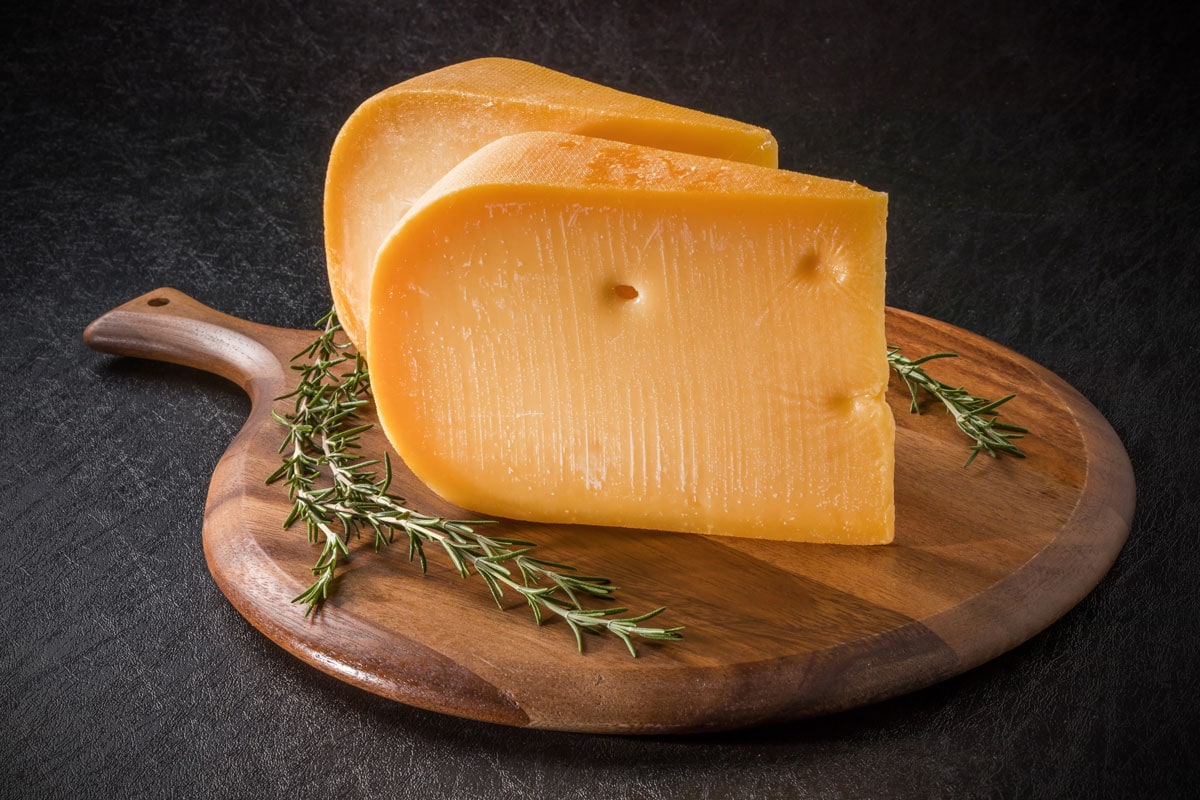
Final cheese thoughts
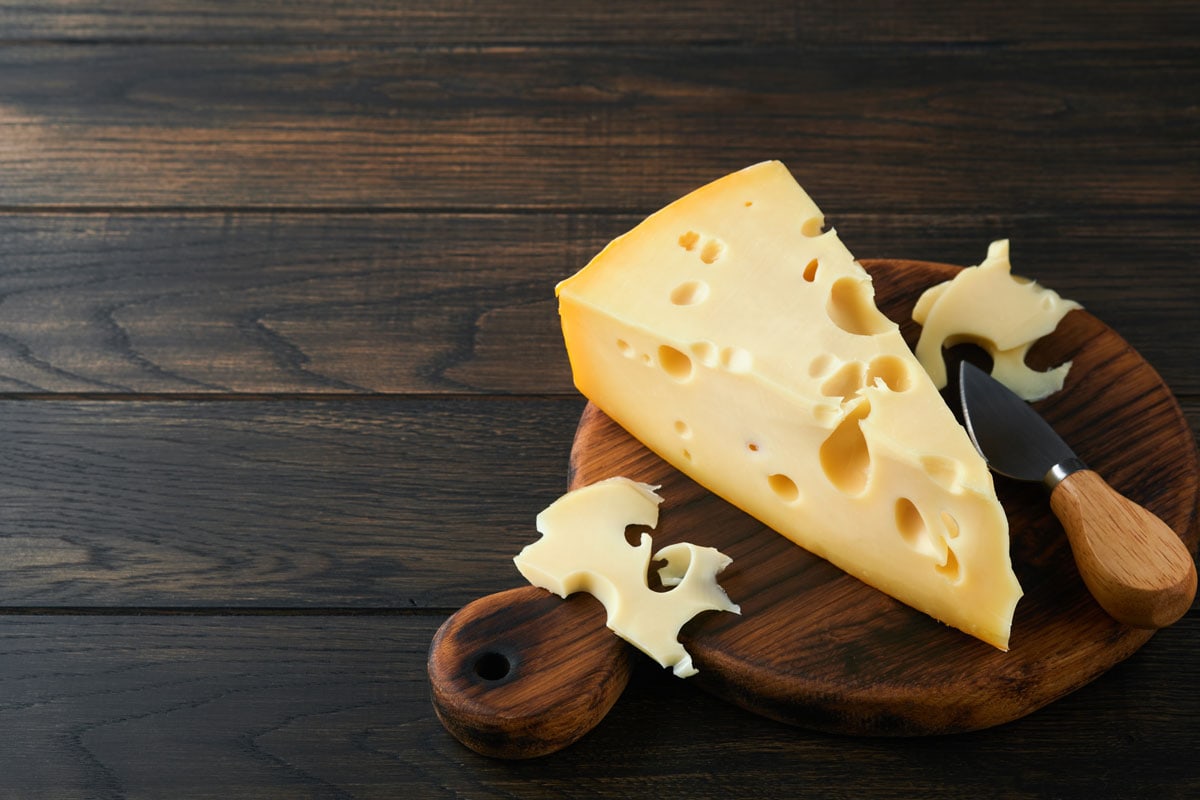
You now have a good idea which Swiss cheese - or any type of cheese - will melt for different recipes. Remember that aged cheeses will take longer to melt because they have less milk fat, so adjust your recipes if needed. Now you’re ready for any cheese recipe you find!
For additional interesting articles about cheese, see;
14 Types Of Cheese Knives [Inc. What Cheese They’re Good For And Why]


![Aging old cheese in the factory, Does Cheese Always Age Well Or Does It Go Bad Eventually? [According To Type Of Cheese]](https://kitchenseer.com/wp-content/uploads/2021/09/Aging-old-cheese-in-the-factory-250x250.jpg)
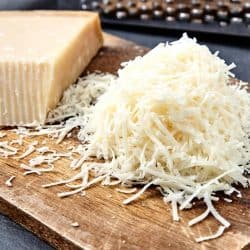
![set of cheese knives on a round wooden board. 14 Types Of Cheese Knives [Inc. What Cheese They're Good For And Why]](https://kitchenseer.com/wp-content/uploads/2021/07/set-of-cheese-knives-on-a-round-wooden-board.-14-Types-Of-Cheese-Knives-Inc.-What-Cheese-Theyre-Good-For-And-Why-250x250.png)
